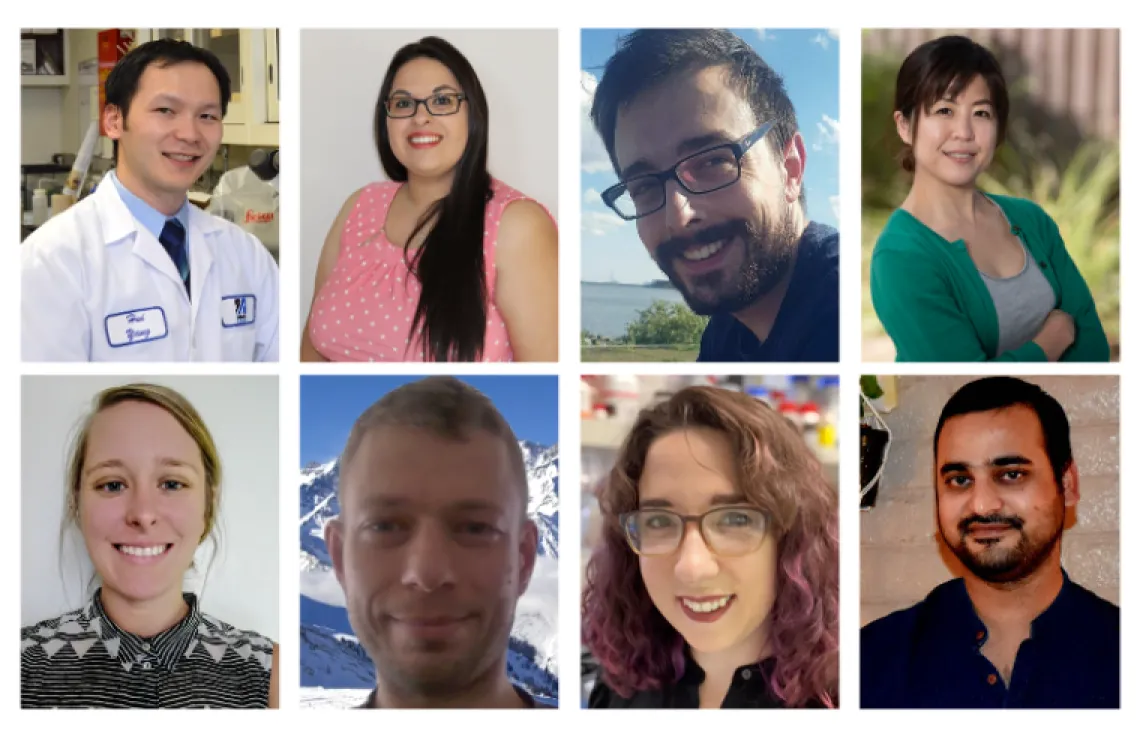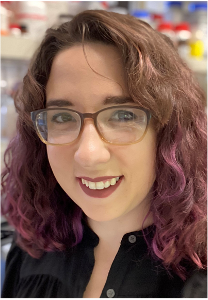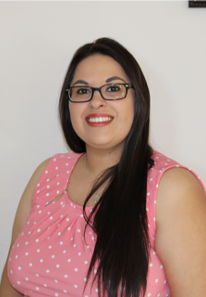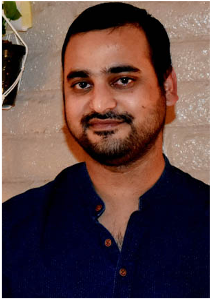BIO5 Postdoctoral Fellowship provides funds, mentorship to advance professional goals
The third annual BIO5 Postdoctoral Fellowship, this year awarded to eight outstanding postdoctoral researchers, grants financial support and facilitates guidance to enrich research and career growth.

Eight postdoctoral fellows representing cross-disciplinary BIO5 Institute research laboratories were recently awarded the 2021 BIO5 Postdoctoral Fellowship.
The competitive award established in 2019 by Michael Johnson, assistant professor in the Department of Immunobiology and BIO5 member, provides exceptional postdocs with monetary awards and professional development opportunities to support their pursuit of future honors, grants and positions.
Including the new 2021 cohort, 24 fellows have been awarded $5,000 each to enhance their independent research projects and presentation skills. These awards also help facilitate a “forward-thinking” mindset by requiring each fellow to form a three-member mentoring committee that assists them with grant applications, career advice and job talk preparations.
The Technology and Research Initiative Fund (TRIF) that helped launch BIO5 20 years ago continues to be a catalyst in enabling effective, cross-disciplinary bioscience research, innovation and impact at the university, and in supporting the next generation of scientists through training opportunities like the BIO5 Postdoctoral Fellowship.
Meet the 2021 Fellows

Unlike the human microbiome, which is largely composed of bacteria, the plant microbiome is made up of both bacteria and fungi. Bacteria sometimes live within fungal hosts, but these partnerships are just beginning to be understood.
Under the guidance of BIO5 member David Baltrus, associate professor in the School of Plant Sciences, postdoc Morgan Carter aims to understand which bacterial genes are required to successfully invade and inhabit a fungus. Using her award, Carter will develop a bacterial tool to probe the genetics underlying fungal-bacterial interactions. She also plans to attend professional meetings and workshops to identify future collaborators, advance her presentation skills, and become immersed in the innovative science of her field.
“This award gives me flexibility and independence to attend important scientific meetings and to create a resource that can then be foundational for future grants and studies as both a postdoc and in a future tenure-track position,” Carter says.

Human papillomavirus (HPV) causes 5% of all cancers worldwide, including nearly all cervical cancers and an increasing number of head and neck cancers. HPV alters the normal differentiation – or specialization – process of cells to support the creation of new virions, but its complete life cycle requires this process to remain intact.
Since it’s poorly understood how the virus navigates the cell specialization process, Robert Jackson aims to create a life-like 3D model to study the differentiation-dependent viral life cycle. With the mentorship of BIO5 member Koenraad Van Doorslaer, assistant professor of immunobiology, virology, cancer biology and genetics, Jackson will leverage his expertise in 3D techniques and bioinformatics to study HPV biology at the level of a single cell.
With his BIO5 Postdoctoral Fellowship, Jackson will collaborate with Melissa Herbst-Kralovetz at the UArizona College of Medicine – Phoenix. The postdoc plans to create life-like oral skin cultures useful for studying HPV with her 3D bioreactor system.
“I am confident our research community at the BIO5 Institute benefits my career development and trajectory for independence, helping me conduct good science with good mentorship, learn and implement new techniques, and improve my communication skills,” Jackson says. “The BIO5 Postdoctoral Fellowship will increase my competitiveness for future funding opportunities and help me reach my long-term goal of earning a faculty position.”

Estela Jauregui is a postdoctoral fellow in the lab of Zelieann Craig, a BIO5 member and reproductive toxicologist in the School of Animal and Comparative Biomedical Sciences. Jauregui’s work centers around phthalates – common ingredients in many consumer goods like personal care products and medication coatings. Exposure to phthalates has been associated with infertility and other adverse effects on the reproductive system, though most of the studies have focused on females.
With the BIO5 Postdoctoral Fellowship, Jauregui aims to expand her research to study the toxicological effects of phthalates in the testis. According to the researcher, the training, networking, and professional development activities provided by this fellowship will help her to launch this new, independent research program focused on the sex differences in reproductive toxicity.

Cryogenic electron microscopy (cyro-EM) is a technique used to determine the precise structure of a biomolecule at a nearly atomic level. Nitesh Khandelwal plans to use his award to advance research in the field of structural biology by attending a cryo-EM workshop at the NIH Pacific Northwest Cryo-EM Center.
“This workshop will be instrumental in the next step of my scientific career,” he says.
At the 10-day program, Khandelwal will receive hands-on training on electron microscope operation, alignments, and automated data collection. Khandelwal, mentored by Thomas Tomasiak, BIO5 member and assistant professor of chemistry and biochemistry, will then apply his new skills to determine the structure of a fungal protein. He also plans to use part of his fellowship to purchase an advanced workstation for cryo-EM data processing.
“The BIO5 postdoctoral fellowship will provide me with the funding for hands-on training in cutting edge cryo-EM techniques and the mentoring plan to hone my skills as future independent researcher,” Khandelwal says.

Chimeric antigen receptor (CAR) technology allows for researchers and physicians to reprogram our immune cells (T-cells) to serve as treatments for cancers and other diseases. Shio Kobayashi aims to develop a novel CAR therapy, five-module CAR (5MCAR), to target T-cell malignancies. With the guidance of mentor Michael Kuhns, BIO5 member and associate professor of immunobiology, Kobayashi ultimately strives to utilize her 5MCAR technology to treat T-cell lymphomas.
The postdoc will use her award to purchase software for technology design, analysis and organization. She also intends to use the funds to attend academic conferences about lymphoma treatment.
“Conferences are great learning forums for acquiring knowledge from other on-going researchers. This will allow me to fine-tune my research approach to achieve its intended goal,” the researcher says.
Kobayashi feels that the BIO5 Postdoctoral Fellowship will have an “immediate and positive impact” on the success of her project.
“By funding this grant, BIO5 is helping us reach other researchers in the field for learning and enable us to optimize our technology for lymphoma as well as providing us the tools and technology to perform the research,” she says. “Professionally, this will impact my career goals immensely as I am aspiring to lead the field as an expert and authority of 5MCAR.”

Kinases are proteins that catalyze the transfer of a phosphate group from the high-energy molecule ATP to another protein. Protein kinase A (PKA) is important in nutrient and hormone signaling, as well as controls growth in most living things.
Michael Plank, a fellow in the lab of BIO5 member and associate professor of genetics and molecular and cellular biology Andrew Capaldi, will investigate a paradigm-shifting mode of PKA regulation. Once he understands the intricacies of weak interactions between PKA and its target proteins, he will explore the biological role of these transient events.
Plank intends to use his award to pay for project materials and resources, especially related to his expensive mass spectrometry experiments. He also views the award as a foundation upon which he can build his career.
“I hope the BIO5 award will provide a stepping stone to obtain further grant funding to aid the advancement of my academic career,” he says.

The bacteria which inhabit the female reproductive tract play important roles in maintaining health, but changes to the composition of this bacterial community can lead to the inflammatory condition known as bacterial vaginosis (BV). BV, which affects 1 in 4 women every year, dramatically increases susceptibility for sexually transmitted infections like gonorrhea. The strain responsible for this infection, Neisseria gonorrhoeae (Ngo), is rapidly gaining resistance to antibiotics.
A member of both the 2019 and 2021 cohorts, Katherine Rhodes aims to use her postdoctoral fellowship to unravel the link between Ngo infection and BV. Like Jackson, Rhodes will use the funds from her award to train and conduct experiments with Herbst-Kralovetz’s 3D tissue-microbiota model. According to Rhodes, the resulting data, skills, and experience from her BIO5 Postdoctoral Fellowship will assist her in building an independent career in infectious disease and women’s health research.
Rhodes is mentored by Magdalene So, BIO5 member, professor of numerous disciplines and Director of the Microbial Pathogenesis Program within the immunobiology department.

Symbiotic relationships – mutualistic, commensal or parasitic – occur between two different organisms in close physical contact. A unique symbiotic relationship is modeled by embryos of the spotted salamander Ambystoma maculatum and the green alga Oophila amblystomatis. More than 80 years ago, it was reported that algae appeared inside salamander eggs and became so abundant that the embryo turned green. It’s speculated that there may be an exchange of oxygen and other resources between the two organisms, but concrete evidence ceases to exist.
Hui Yang, guided by BIO5 member and associate professor of molecular and cellular biology Solange Duhamel, will utilize his fellowship award to travel to Northeastern U.S., where the spotted salamander lays eggs in the spring, to determine the extent of this relationship. The researcher plans to visit two collaborators who will provide guidance and resources to determine if substances are being shared between algae and embryos.
“Being able to visit collaborators on the East Coast and conduct experiments will be essential for me to finish my research project,” Yang says. “It will also benefit my career greatly because I will be trained on state-of -the-art techniques, and potentially develop new ideas while working with these collaborators.”
